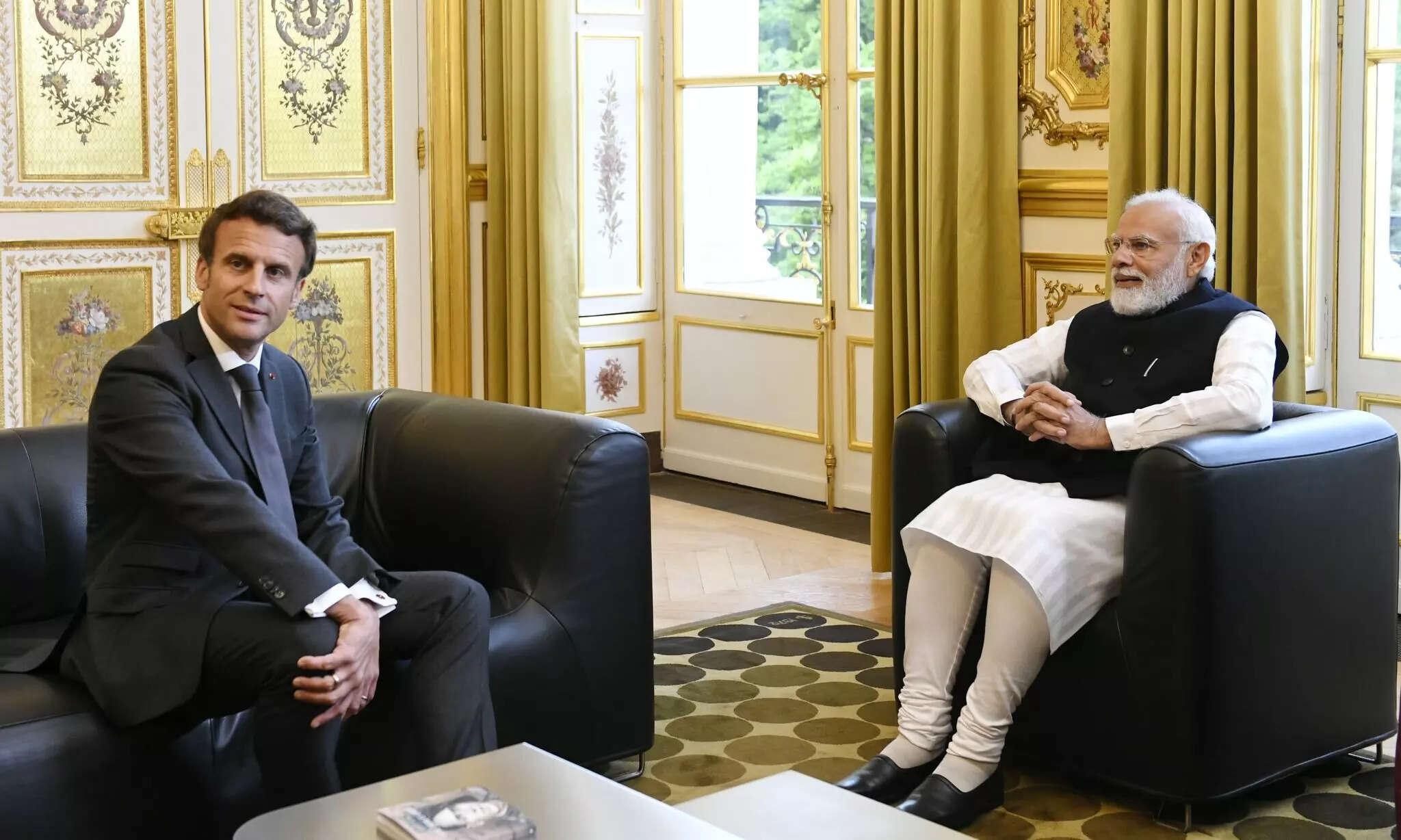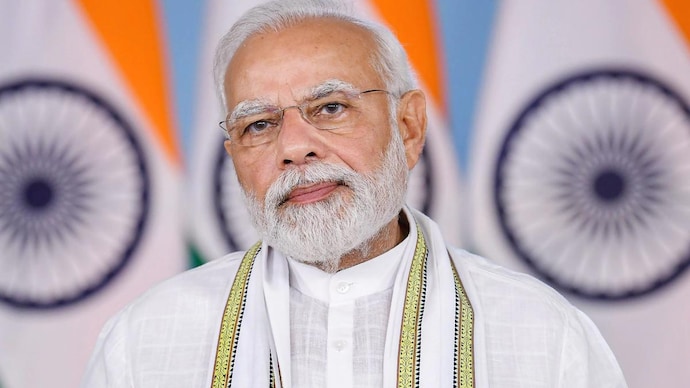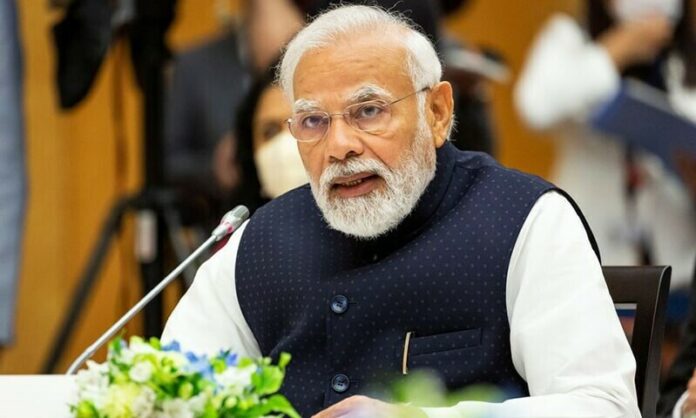India is gearing up to solidify its relationships with the United States and France during Prime Minister Narendra Modi’s upcoming visits to Washington and Paris. The success of the ambitious “Atmanirbhar Bharat” mission, aimed at developing an advanced military-industrial complex in India, hinges on these crucial diplomatic endeavors. PM Modi‘s visit to the US on June 22 and to France on July 14 presents significant opportunities to foster cooperation and collaboration, which will play a pivotal role in achieving India’s self-reliance goals.
The state visit to the US holds immense significance as President Joe Biden has extended a rare invitation to PM Modi to address Congress for the second time. This gesture highlights the growing rapport between the two nations. Additionally, French President Emmanuel Macron has invited PM Modi to be part of the Bastille Day celebrations, where a tri-services contingent of the Indian military will participate in the parade. It is worth noting that France boasts around 4,000 war memorials commemorating the contributions of Indian soldiers during the two great wars of the last century.
PM Modi’s Crucial Visits to US and France to Strengthen Bilateral Ties and Propel the Success of India’s “Atmanirbhar Bharat” Mission
Despite attempts by China to undermine India‘s military design, development, and manufacturing capabilities, the Modi government has taken significant steps to bolster its hardware capabilities. While junior-level officials from the People’s Liberation Army (PLA) have attempted to downplay India’s military prowess, asserting that India poses no threat to China, they also falsely claim that India cannot be a loyal partner to the US. In reality, both assertions are erroneous. India possesses the ability to keep over 80,000 PLA troops engaged on its northern borders, thus diverting China’s attention from potential military adventures in Taiwan, which could escalate into a broader conflict involving Japan and disrupt stability in the South China Sea.
Furthermore, India’s naval capabilities enable it to effectively counter the PLA Navy’s presence in the Indian Ocean and beyond. The Modi government’s resolute response to military challenges, exemplified by the Doklam plateau standoff in 2017 and the Galwan Valley incident on June 15, 2020, demonstrates its unwavering commitment to safeguarding territorial integrity and preserving national pride.
Apart from the favorable atmosphere surrounding PM Modi’s visit to the US, the content of the visit will reveal the depth of the India-US relationship in present times. The Biden administration has shown a willingness to share cutting-edge military technology with India for domestic manufacturing purposes. While the approval for General Electric to manufacture F-414 jet engines to power the Indian Tejas Mark II fighter is pending, there is a strong indication that GE will eventually collaborate with India’s Hindustan Aeronautics Limited (HAL) to transfer technology and upgrade the partnership to include other engines.
The US is also prepared to offer advanced armed drones to India and explore the possibility of manufacturing surveillance drones in the future. Recognizing the evolving hybrid warfare capabilities of China, the US is open to sharing cyber-security tools and expertise to bolster India’s critical infrastructure against Beijing-sponsored hacking attempts.
Prime Minister Narendra Modi’s Visits to the US and France: Strengthening Bilateral Ties, Enhancing Defense Cooperation, and Advancing India’s Self-Reliance Mission
The visit to France holds equal if not greater importance, as Paris demonstrates its willingness to engage in hardware manufacturing in India and potentially leverage these facilities for future military exports to third countries. The construction of air-independent propulsion-equipped submarines at Mazagon Dockyards is a significant area of collaboration, with India set to acquire six submarines under the Project 75 India category. France also considers utilizing the same infrastructure for manufacturing submarines for export to countries like Indonesia. Furthermore, as India’s closest military partner, France has expressed readiness to build nuclear-powered submarines armed with conventional weapons to address the Chinese threat.
French companies are actively involved in various defense projects in India. Airbus, for instance, is manufacturing C-295 transport aircraft within the country, while Safran, a French aircraft engine maker, is poised to collaborate on the co-development and subsequent manufacture of a 100-110 Kilo Newton aircraft jet engine, which will power India’s twin-engine fighter aircraft designed by the Defense Research and Development Organization (DRDO).
There is also a strong possibility that French manufacturer Dassault Aviation may provide two squadrons of Rafale-Maritime fighter jets for India’s aircraft carrier, INS Vikrant, and consider the manufacturing of Rafale fighters in India in the near future. While these proposals are subject to serious consideration, their ultimate implementation depends on India’s manufacturing capabilities and financial capacity to embrace and absorb new technologies. India’s decision to maintain strategic autonomy is driven by its national interests, and it stands ready to partner with Western nations to counter the challenges posed by China and its regional allies.
In conclusion, Prime Minister Narendra Modi’s upcoming visits to the US and France hold tremendous promise for strengthening bilateral ties, fostering technological collaborations, and advancing India’s “Atmanirbhar Bharat” mission. These visits offer a significant opportunity to enhance defense cooperation, secure access to advanced technologies, and propel India’s journey toward self-reliance. As India asserts its strategic autonomy and endeavors to counter regional challenges, the support and cooperation of the US and France emerge as crucial enablers in the realization of its aspirations.

